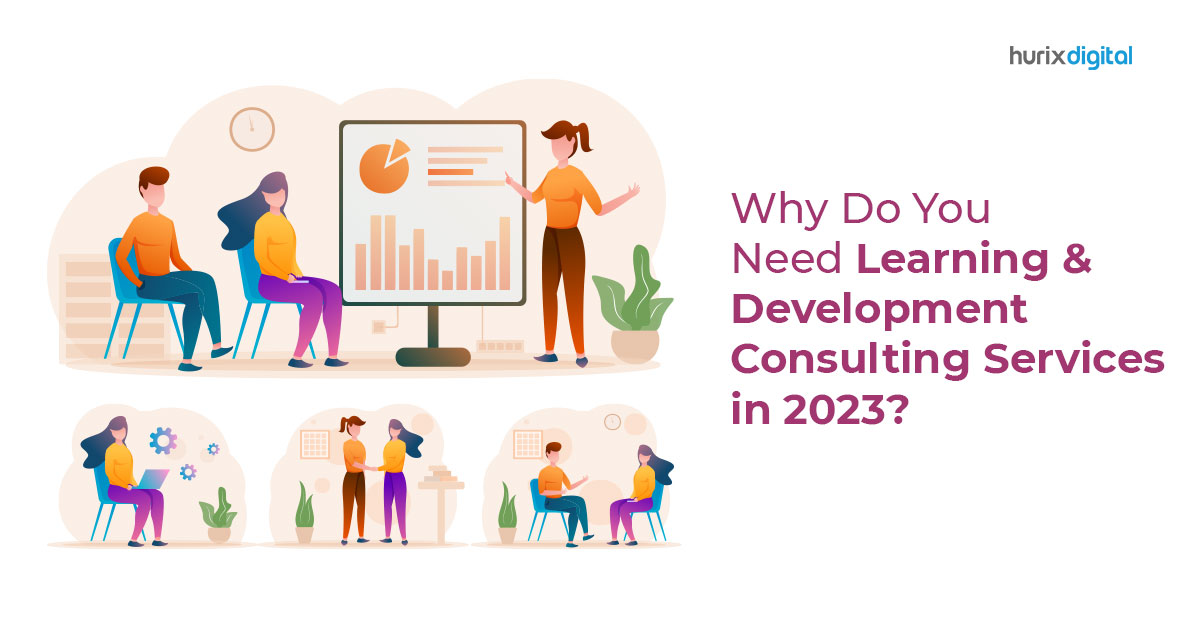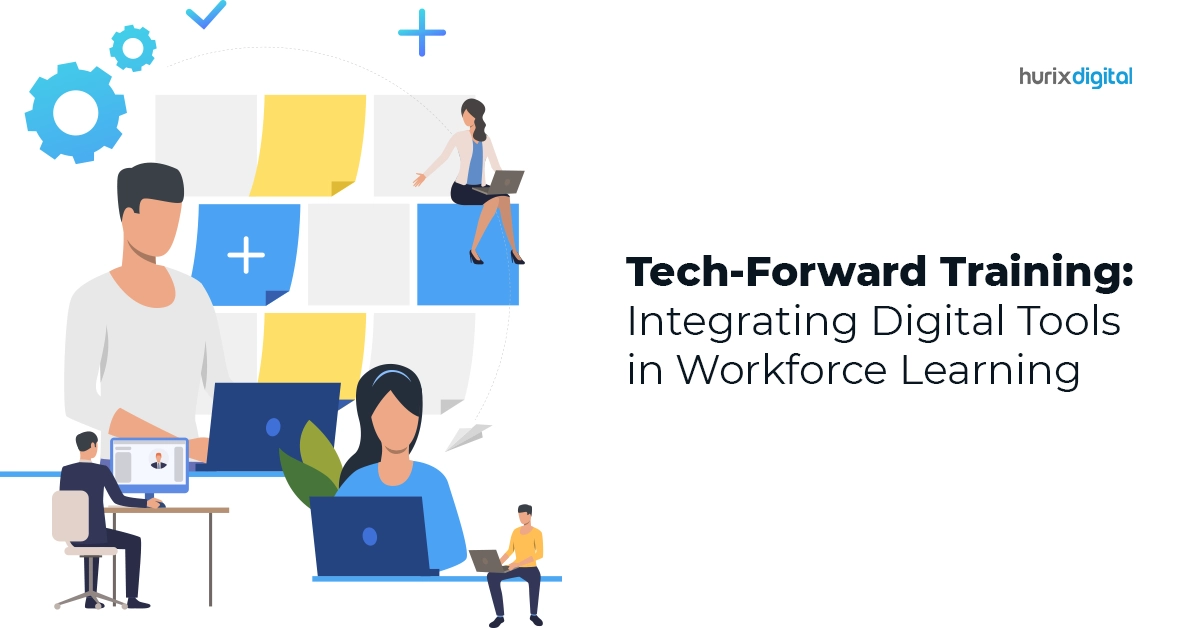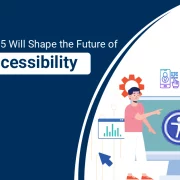
What is Workforce Development: 10 Workforce Trends you need to Know About.
Summary
This article explains the concept of workforce development and explores ten critical trends shaping the future of work, emphasizing the importance of continuous learning and adaptability in today’s dynamic job market.
Workforce development is a critical aspect of businesses and organizations. It involves the continuous improvement and enhancement of employees’ skills, knowledge, and abilities. With the fast-paced changes in technology and business practices, it is crucial to stay updated on the latest workforce trends.
In this article, you’ll learn what workforce development is and why it’s important. You’ll also get to know the top 10 workforce trends you need to be aware of to stay ahead of the game.
So, let’s get started!
Table of Contents:
- What is Workforce Development?
- Need for Workforce Development
- Top 10 Workforce Trends to Watch Out For
What is Workforce Development?
Workforce development refers to the process of upgrading the skillset and capabilities of individuals to prepare them for employment, enhance their performance in their current jobs, and ensure their ongoing employability in the rapidly changing job market.
This may include training, education, career counselling, and other types of support to help employees develop the necessary skills to succeed in their careers.
Workforce development programs may be designed by government agencies, educational institutions, or private organizations to address the needs of specific industries or job sectors.
But why is it important?
Need for Workforce Development
Workforce development is necessary for several reasons.
- Firstly, it helps individuals acquire the skills and knowledge they need to enter the job market, succeed in their current jobs, and advance in their careers. This benefits not only the individual but also the organization, as a skilled workforce can help drive innovation, productivity, and growth.
- Secondly, workforce development can help bridge the skills gap that often exists between the demand for skilled workers and the available workforce.
- Finally, workforce development can help create a more inclusive and equitable job market by providing opportunities for individuals from diverse backgrounds and marginalized communities to acquire the skills and knowledge they need to succeed.
This can help reduce inequality and promote economic mobility, both of which are critical for the long-term health and stability of society.
Top 10 Workforce Trends to Watch Out For
The job market is a constantly evolving landscape shaped by a variety of economic, social, and technological factors. To stay competitive, both employers and employees must stay up-to-date with the latest workforce trends.
So let’s take a closer look at the top 10 workforce trends shaping the future of work:
1. Upskilling and Reskilling
Upskilling refers to the process of enhancing employees’ existing skills, while reskilling involves learning new skills to move into a different role or industry.
With the rapid advancement in technology, there is an increasing demand for employees with specialized skills. Upskilling and reskilling are two important aspects of workforce development that help employees stay relevant in their current roles or transition to new roles.
2. Remote Workforce
The COVID-19 pandemic has accelerated the trend of hiring a remote workforce.
There is no doubt that remote work offers several benefits, including flexible work hours, cost savings, and the ability to tap into a global talent pool. No wonder, given the opportunity to work remotely, 87% of employees accept the offer, according to McKinsey.
3. Artificial Intelligence
Artificial intelligence (AI) is playing a significant role in workforce development by:
- Helping identify skill gaps
- Providing personalized training and upskilling opportunities
- Streamlining recruitment and onboarding processes
AI can also help automate routine and repetitive tasks, allowing employees to focus on more complex and creative work. Additionally, AI-powered analytics can provide insights into workforce performance and productivity, enabling organizations to make data-driven decisions about training and development programs.
4. Emphasis on Diversity and Inclusion
Did you know that 48% of Gen Z are ethnic or racial minorities? Diversity and inclusion are becoming increasingly important in the workforce. It is a major driver of cash flow in any organization.
As companies are recognizing the value of a diverse workforce, they are making efforts to create inclusive environments where employees from all backgrounds can thrive. This not only benefits employees but also contributes to the overall success of the company.
5. Focus on Mental Health
Mental health has become a top priority for companies, as employees are struggling with stress, burnout, and other mental health issues. Promoting mental health in the workplace leads to increased job satisfaction, engagement, creativity, and innovation.
Employers can support mental health in the workforce by providing access to resources such as flexible work arrangements and employee assistance programs.
Additionally, training managers and colleagues to recognize and respond to mental health concerns can help create a more supportive and inclusive workplace culture.
6. Empowerment of Non-Traditional Workers
There is a growing trend of non-traditional workers, such as gig workers, freelancers, and contractors, who are playing an increasingly important role in the workforce.
According to the latest statistics, 24% of the working population across 19 nations is engaged in full-time gigs. Companies are empowering these workers by offering them the support and resources they need to succeed.
7. Personalized Learning and Development
Personalized learning and development is becoming a critical aspect of workforce development. It involves tailoring learning and development programs to meet the individual needs and goals of employees.
This approach not only helps employees achieve their personal and professional goals but also benefits the company by increasing employee engagement and productivity.
8. Embracing Digital Transformation
Digital transformation can play a significant role in workforce development by enabling organizations to create more efficient, flexible, and agile work environments.
Through the adoption of new technologies, such as cloud computing, artificial intelligence, and automation, organizations can streamline processes, improve collaboration and communication, and increase productivity.
Digital transformation can also create new opportunities for training and upskilling, allowing employees to develop new skills and competencies to meet the demands of a dynamic job market.
Furthermore, digital transformation can help organizations attract and retain talent, as it can create a more dynamic and engaging work environment that appeals to the preferences of today’s workforce.
9. Prioritizing Employee Well-Being
With the blurring of lines between work and personal life, employee well-being has become a top priority for many companies.
Organizations are recognizing the importance of creating a healthy workplace culture that promotes mental and physical wellness, work-life balance, and a positive work environment.
This trend is driven by a growing understanding of the connection between employee well-being and productivity, as well as the need to attract and retain top talent.
10. Focus on Employee Engagement
Employee engagement is vital to a company’s success. Engaged employees are more productive, committed to their work, and innovative.
Companies are investing in programs and initiatives to increase employee engagement, such as recognition and rewards programs, employee development opportunities, flexible work arrangements, and creating a positive work culture.
Employee engagement is not only important for the success of the company, but it also has a positive impact on employees’ personal and professional growth.
The Takeaway
Workforce development is not just about preparing employees for the future but also about creating a better future for everyone. By investing in the development of their employees, companies can create a more productive, innovative, and inclusive workforce that drives success for both the employees and the company.
So, make sure you stay on top of these workforce trends and take the necessary steps to invest in your employees’ development.
Ready to transform your organization’s learning and development with custom eLearning solutions? Hurix is here to help. With our team of experienced instructional designers and advanced technology, we can create personalized, engaging content that meets the unique needs of your team.

A highly enthusiastic and motivated sales professional with over twenty five years of experience in solution selling of training-related applications and services. Maintains an assertive and dynamic style that generates results. Ability to establish long-term relationships with clients built on trust, quality of service and strategic vision. Specializes in financial services, higher ed, publishing and government in the areas of learning and development.







